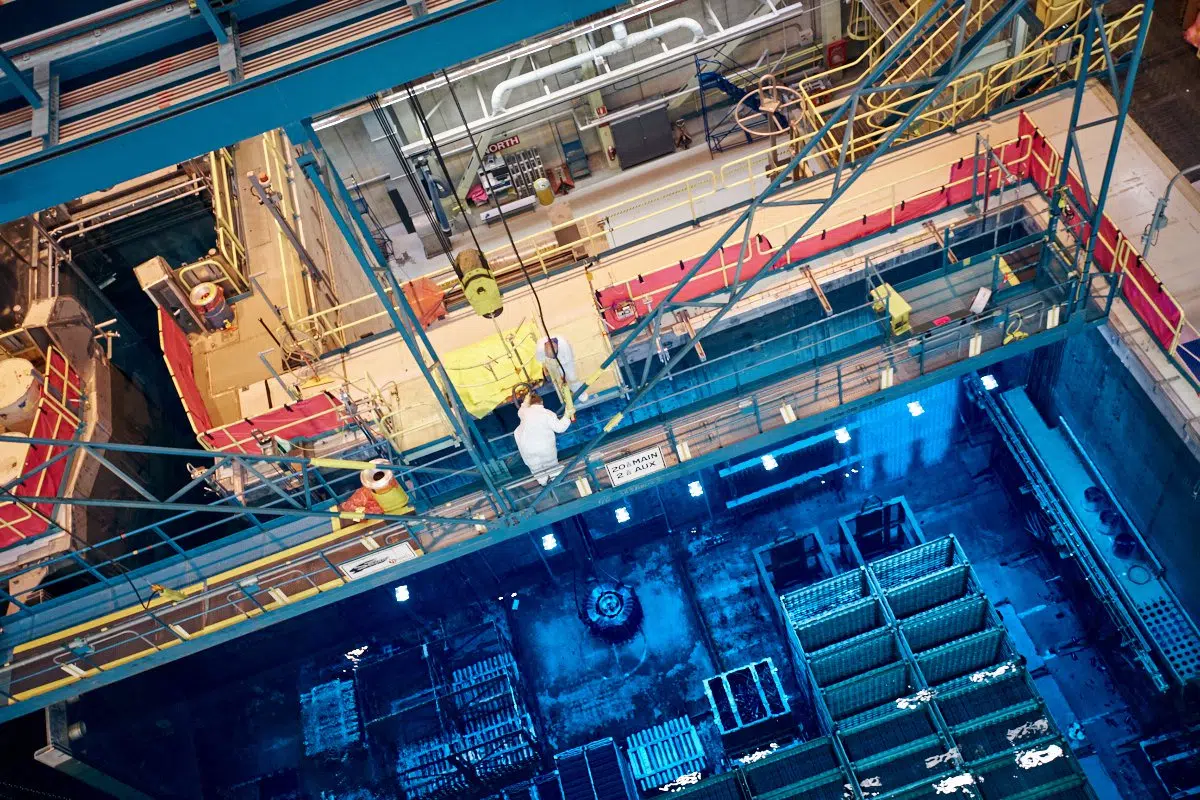Bruce Power is announcing a new green strategy with an aim to contribute to a net-zero emissions Canada by 2050.
It’s calling the strategy ‘NZ – 2050.’
A media release says the company will create, “An ecosystem of green collar jobs.”
It says it will look at using nuclear energy to drive decarbonization, work towards new nuclear and fusion technologies, use nuclear power to electrify industrial processes and contribute to a national hydrogen and clean fuels strategy.
It also says while doing this, it will support social responsibility, sustainability and contribute to global health.
President and CEO Mike Rencheck says the strategy, “Recognizes the reality that clean energy solutions need to be innovative and contribute to our quality of life in a meaningful way.”
The company points to its part in phasing out coal power in Ontario in 2014, saying, Bruce Power’s role in that creates a foundation for this next strategy.
Rencheck says the company has recently leveraged its supply chain to produce large amounts of Personal Protective Equipment, noting, “The COVID-19 pandemic we are fighting has demonstrated the importance of tackling big challenges together and doing everything we can to make a difference.”
The company also announced some 2021 projects with the Nuclear Innovation Institute/Bruce Power Centre for Next Generation Nuclear including:
A study into the next 50 years of the Bruce Power site and possible impacts on Canada’s clean energy future. (To be released in 2021)
A Hydrogen Unity Project to consider mass production of hydrogen using nuclear technology and how that might align with the oil, gas, transportation and electricity generation sectors.
Meanwhile, the company says its Bruce Power Retooling and Economic Recovery Council intends to launch a Panel Review on medical isotopes as well as using the nuclear supply chain to be self-sufficient with PPE and more opportunities to expand sterilization using Cobalt-60.
Here are the five key parts of the NZ – 2050 strategy:
1.Optimize and leverage existing investments in Canada’s largest private-sector infrastructure project to drive further decarbonization;
2.Foster innovation in new energy technologies including new nuclear and fusion energy;
3.Utilize nuclear power generation to produce clean fuels and electrify industrial processes and transportation with an historic opportunity to contribute to a national hydrogen and clean fuels strategy;
4.Create an ecosystem of “green collar” jobs including the nuclear, manufacturing, and energy development sectors with a focus on diversity and more representation from women, visible minorities and Indigenous peoples; and
5.Inspire innovation by supporting strong social responsibility and sustainability, and providing contributions to global health such as life-saving medical isotopes as the world battles COVID-19.



